Cut Your Utility Bills with These 8 Home Energy Upgrades
Take control of rising utility bills with these proven energy-saving improvements that deliver savings, comfort, and value
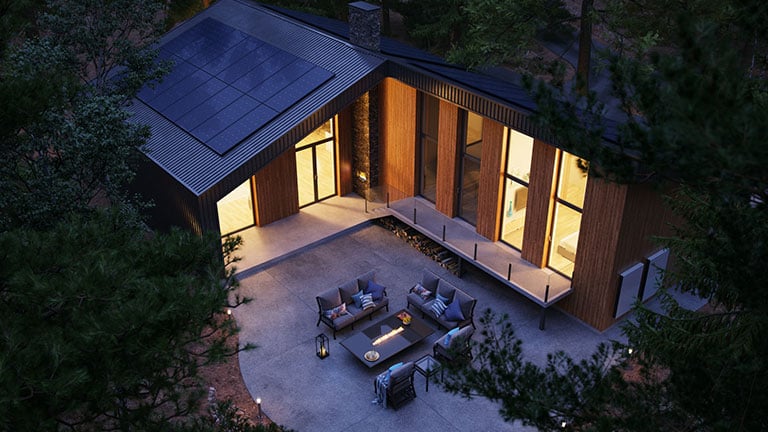

Energy costs are one of the biggest ongoing expenses of homeownership. But there’s good news: Investing in the right energy-efficient upgrades can significantly reduce your monthly utility bills and may even increase the value of your home. These improvements not only cut down on energy consumption, but they also make your home more comfortable and environmentally friendly.
Here are some of the most effective home energy upgrades to consider.

1. LED lighting
Sometimes the smallest upgrades can make a surprising difference. Replacing outdated incandescent bulbs with LED lighting can reduce energy use by 75 percent, according to the US Department of Energy. LEDs also last up to 25 times longer, meaning fewer replacements and lower maintenance costs.
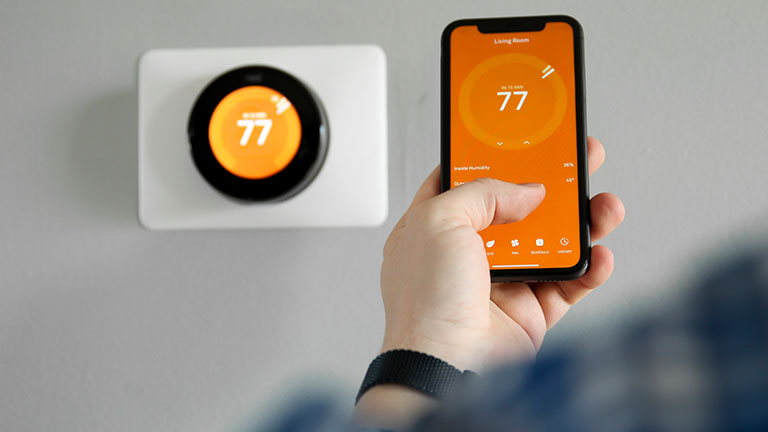
2. Smart thermostats
A smart thermostat is one of the easiest and most cost-effective upgrades you can make. Unlike traditional models, smart models learn your habits, automatically adjust temperatures when you’re away, and can be controlled remotely from your phone. According to ENERGY STAR, homeowners save an average of 8 percent annually on heating and cooling costs with a smart thermostat, so these devices typically pay for themselves within a year or two.
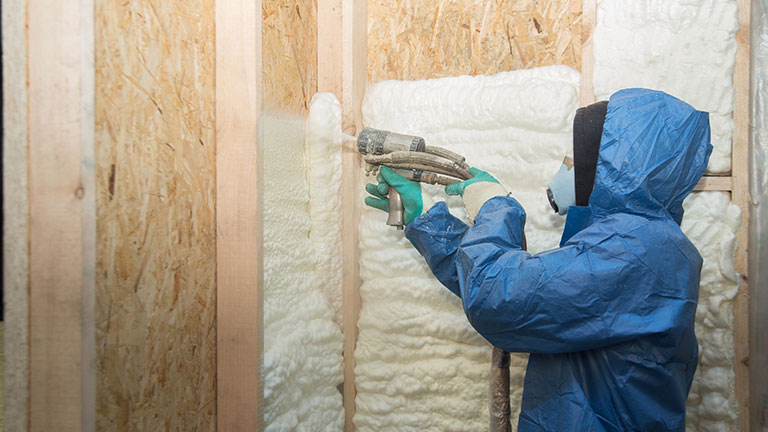
3. Insulation and air sealing
Poor insulation allows heated or cooled air to escape, forcing your HVAC system to work harder and driving up energy bills. Adding insulation to key areas such as your attic, walls, and basement—as well as sealing gaps around doors, windows, and ductwork—can reduce heating and cooling costs by up to 20 percent, reports the US Environmental Protection Agency (EPA). These upgrades not only improve energy efficiency but also help maintain more consistent indoor temperatures and reduce drafts, improving overall comfort.
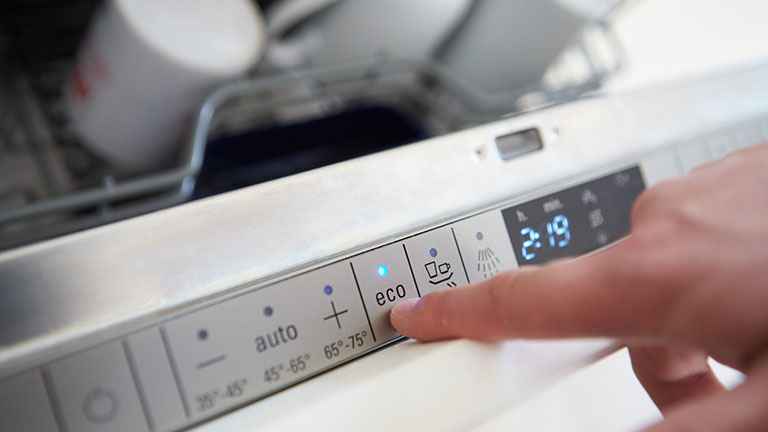
4. Energy-efficient appliances
From refrigerators to washing machines, household appliances are among the biggest energy users in the home. Older models often consume far more electricity and water than necessary. Upgrading to ENERGY STAR-certified appliances can cut energy use by 10 to 50 percent, depending on the type and age of the appliance being replaced, according to the EPA. Over time, these savings add up on both your utility and water bills. Plus, modern ENERGY STAR appliances often feature sleek designs, smart functionality, and quieter operation—enhancing daily living and home resale value. Even more, some utility companies offer rebates or incentives for replacing old appliances with energy-efficient models, which can help to justify the upfront cost.
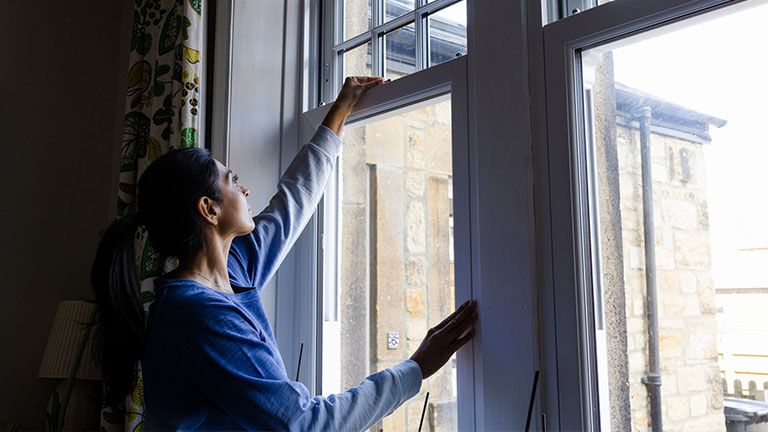
5. Energy-efficient windows
Old, single-pane windows can be a major source of energy loss. In fact, the US Department of Energy reports that heat gain and heat loss through windows are responsible for 25 to 30 percent of residential heating and cooling energy use. Upgrading to energy-efficient double- or triple-pane windows dramatically improves insulation, reduces drafts, and helps maintain a consistent indoor temperature year-round. These windows also block UV rays that can fade your flooring and furniture over time.
While the upfront cost can be significant, ENERGY STAR estimates that homeowners often see utility savings up to 13 percent per year, and the investment pays off in the long run. Plus, new windows can enhance curb appeal, comfort, and resale value, making them a smart upgrade for both energy and aesthetics.
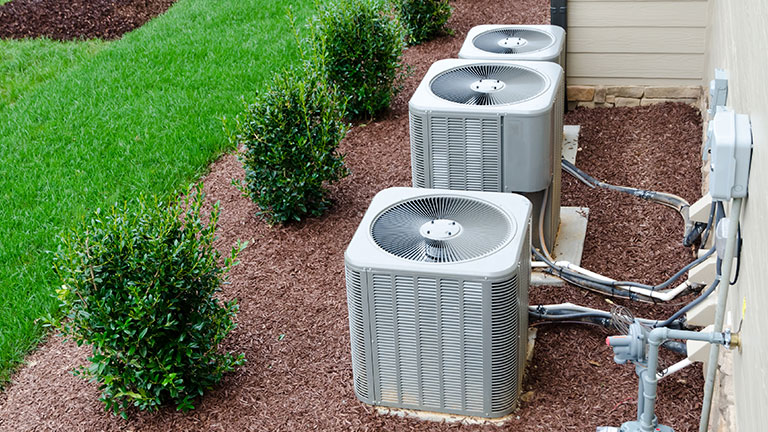
6. High-efficiency HVAC systems
Heating and cooling make up nearly half the average household’s energy use. If your HVAC system is more than 10 years old, replacing it with a high-efficiency model can significantly reduce your utility bills over time. Modern systems use less energy, run more quietly, and provide better climate control. Plus, prospective homebuyers often view a newer HVAC system as a major asset—making it a strong selling point when you’re ready to list your home.
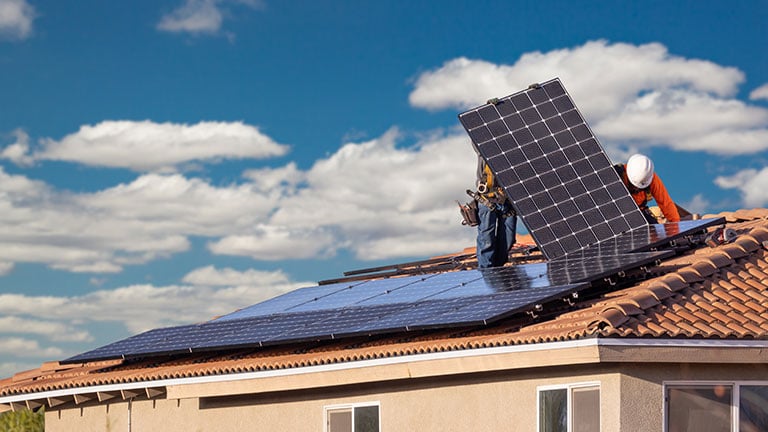
7. Solar panels
Solar panels can offer one of the highest long-term returns of any energy upgrades. By generating your own electricity, you reduce reliance on the grid and help protect yourself from rising utility rates. While the upfront cost can be steep, most systems pay for themselves within 10 years—and continue to produce free, clean energy for years to come, say the solar experts at SolarReviews. In addition to long-term savings, federal tax credits, state incentives, and utility rebates can significantly lower your initial investment. Installing solar also boosts your home’s marketability since today’s buyers often want energy-efficient homes with lower operating costs.
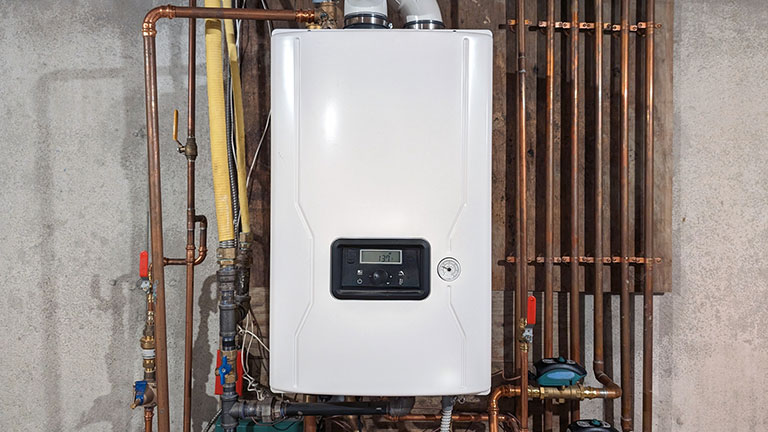
8. Energy-efficient water heaters
Water heating typically accounts for about 18 percent of your home’s energy use, according to the US Department of Energy—making it the second largest expense after heating and cooling. If your water heater is more than 10 years old, replacing it with a high-efficiency model can deliver savings and improve performance.
Options include the following:
- Tankless water heaters, which heat water only when needed, eliminating stand-by heat loss
- High-efficiency storage tanks with better insulation and faster recovery times
Upgrading to an ENERGY STAR-certified water heater can save you up to $300 annually on energy bills. It also adds value to your home and gives future buyers peace of mind, knowing they’re less likely to face a surprise breakdown.

Are home energy upgrades worth it?
Absolutely. Every energy-efficient improvement you make does more than lower your utility bills; it also adds value to your home. Today’s buyers increasingly prioritize energy-conscious homes, knowing they’ll benefit from long-term savings and greater comfort.
Whether you’re taking small steps or making major upgrades, you’re investing in a more efficient, valuable, and sustainable home—for yourself and for the future.
AAA tip: Schedule a home energy audit to uncover where you can cut costs. A professional energy audit can identify where your home is losing energy—and help you stop the leaks. From insulation upgrades to sealing drafts, their expert recommendations can lead to lower utility bills and a more comfortable home.
